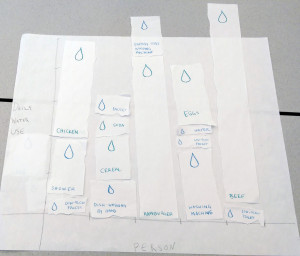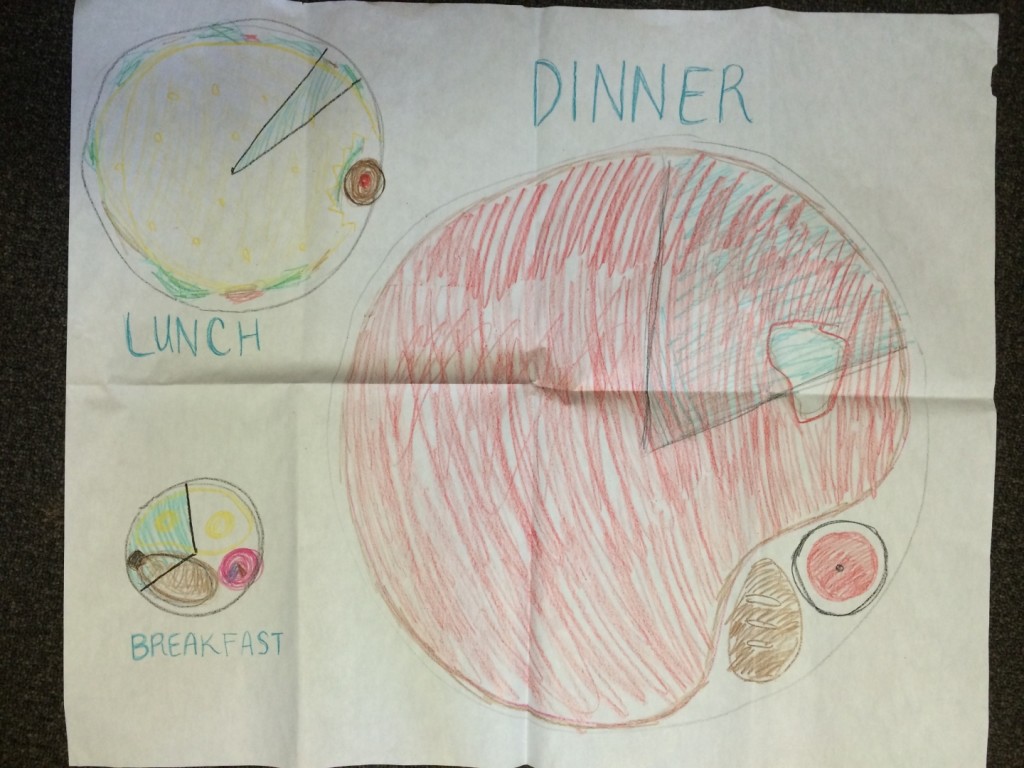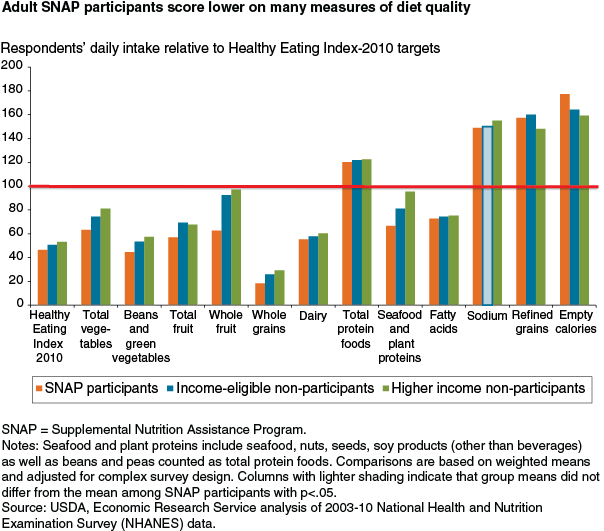Members: Desi Gonzalez and Laura Perovich
Topic: museum collection data
Goals: education, increased access to and engagement with museums/art, social change
Techniques: interactive visualizations, physical objects
Story: The data say male artists have a stronger presence than female artists at the Tate. We want to tell this story because we’re interested in exposing the biases in art museum collections in order to both teach audiences about how women have been historically underrepresented in collections and possibly help shape museum collecting practices in the future.
Data:
I quickly plugged Tate artist data into Tableau and graphed artists birth date by gender. Most of the artists represented in the collection were born more recently. The artists born before 1850 are overwhelmingly male. (“Null” shows up for collectives/groups of artists, but in a few instances it seems like artists weren’t coded; it seems like collectives/collaborative artwork represented in the collection are younger/were born more recently.)

We also used R to begin to dig into the data a bit.
Overall, there are 5.6 time more male artists with work at the Tate than female artists. Male artists at the time have 23.9 times more pieces at the Tate than female artists. Male artists also occupy more artwork territory in than Tate than female artists: male artwork has 8.2 times more area than female artwork and 9.5 times more volume.
We further considered gender breakdowns by artist century of birth, to see if changes in gender diversity of the profession over time (exact data TBD) may be reflected in the Tate’s collection. Finds are below:
Representation ratios (M:F) by century of birth
| century |
artists |
artworks |
area |
volume |
| 1600 |
45 |
66 |
252 |
NA |
| 1700 |
39 |
21 |
186 |
21.8 |
| 1800 |
24 |
249 |
124 |
789 |
| 1900 |
5.7 |
9.5 |
9 |
23.9 |
| 2000 |
2.2 |
2.7 |
2.6 |
3.4 |
N.B. This is an extremely rough and initial analysis of this data. There is a significant number of NAs in the data that will have to be addressed, as well as some data inconsistencies that require further exploration. Data has not been fully checked or cleaned.
Additionally, this data would be better understood with further context–such as collections from other museums or overall occupational statistics.








